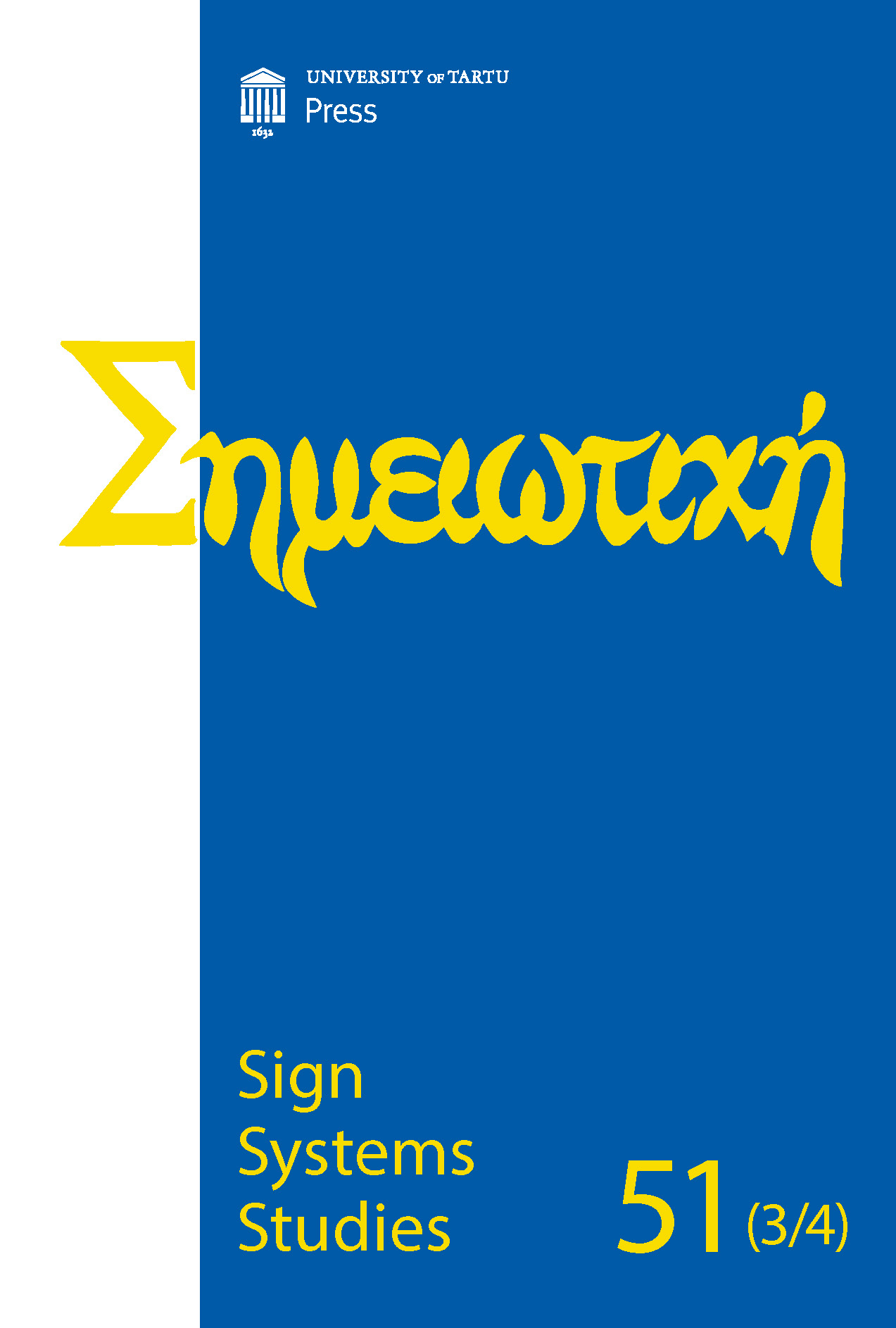A biosemiotic approach to landscapes: Alois Riegl’s theories of Kunstwollen and Stimmung revisited in the contexts of cognitive and evolutionary aesthetics
DOI:
https://doi.org/10.12697/SSS.2023.51.3-4.07Keywords:
instinct, reason, landscapes, fragments, the optical principle, abductive cognition, Kunstwollen, StimmungAbstract
This study explores the art historian Alois Riegl’s heuristic terms ‘Kunstwollen’ and ‘Stimmung’ in the contexts of cognitive and evolutionary aesthetics. To begin with, the author draws on notions of instinct theorized by George Romanes, Charles Darwin and Charles Peirce. They are shown to have embraced instinct and associated it with states of mindfulness, good reasoning and intelligence of survival. Another art historian, August Schmarsow, is also shown to have favoured instinctive attitudes and mental trials and errors as the sophisticated approach to art. These rigorous theorizations of instinct serve to expand Riegl’s idea that Kunstwollen suggests a relatively strong human will and desire for art. Further, to verify how viewers may attain states of Kunstwollen and Stimmung, the author draws on two landscapes (Landscape with Roman Ruins, 1536; The Heart of the Andes, 1859) to broaden viewers’ horizons. Viewers are advised to take full advantage of the medium made up by light, air and space so as to work out perspectives that favour their mental wellbeing and the reception of artworks. Finally, the author integrates Riegl’s theories into current research and emphasizes the necessity of unifying biological and cultural factors for the attainment of knowledge or original thinking in inquiries. In brief, Riegl’s theories appear fairly biosemiotic when we consider the rich evolutionary, psychological and semiological contexts surrounding the birth of his insights.
Downloads
Downloads
Published
How to Cite
Issue
Section
License
Copyright (c) 2024 Jui-Pi Chien

This work is licensed under a Creative Commons Attribution-NonCommercial-NoDerivatives 4.0 International License.


